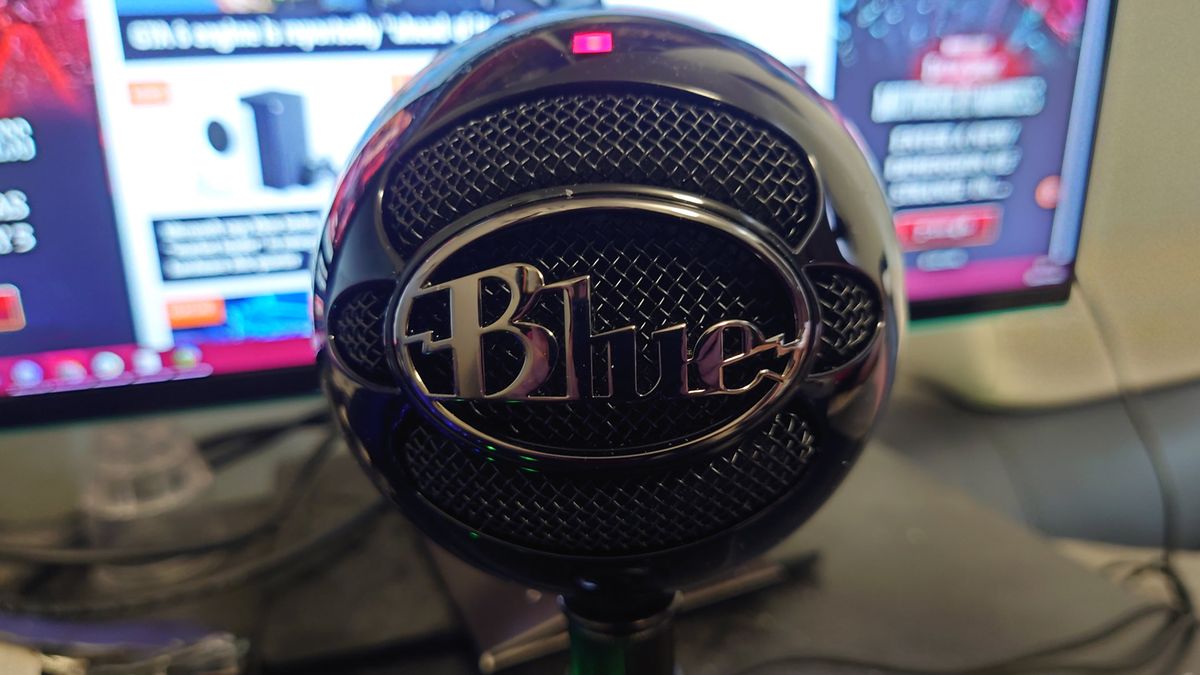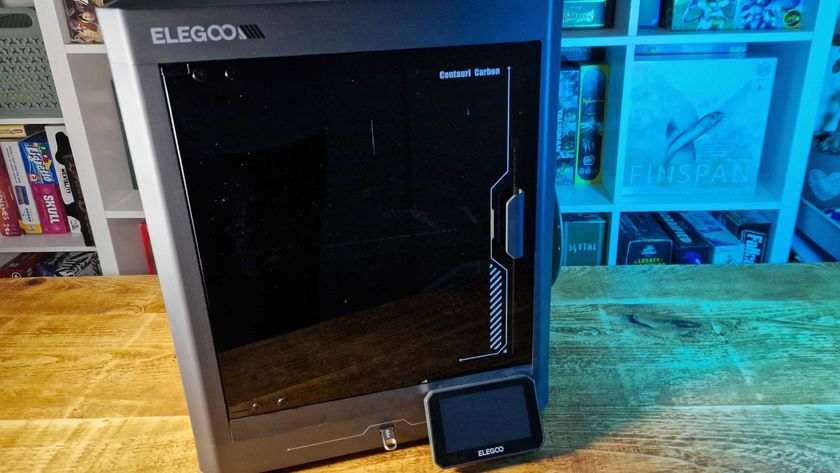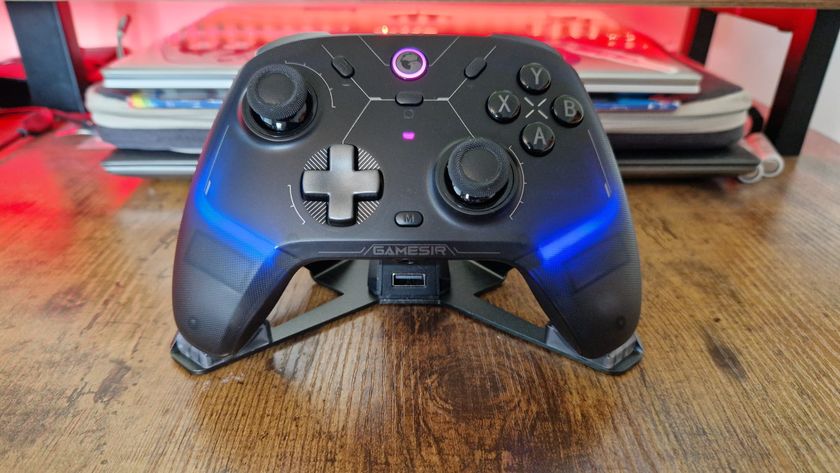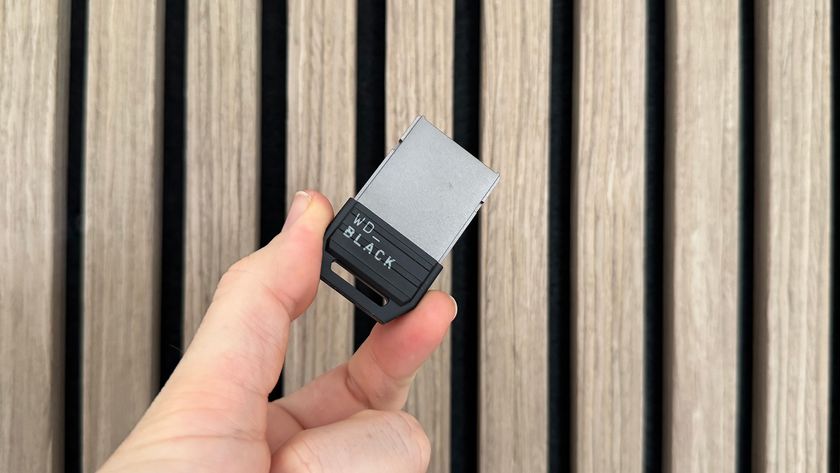12DOVE Verdict
Even after a decade after its introduction, the Blue Snowball remains one of the best USB microphones that you can get for your setup regardless of what you wish to use it for in 2022.
Pros
- +
Stellar construction
- +
Crisp and clear audio quality
- +
Three different pickup patterns
Cons
- -
Outdated mini USB power method
Why you can trust 12DOVE
Few USB microphones are as instantly recognizable as the Blue Snowball even in 2022. This classic ball-shaped mic has been making the rounds now inside the bedrooms of every would-be podcaster and musician around, though, even well over a decade after its introduction, the Blue Snowball is easily up there as one of the best microphones around in our view.
Priced at $74.99 / £74.99, the Blue Snowball certainly still positions itself as one of the more wallet-friendly USB microphones from such an established manufacturer, without sacrificing the sound quality associated with the brand.
Design and features
We won't go so far as to say that the Blue Snowball's overall visual design is iconic, however, we're willing to bet that this unit is what many will think about when the term 'USB microphone' comes to mind.
The Blue Snowball keeps things as simple and accessible as you expect from a unit marketed at those wanting to begin their journey into audio production. The spherical cardioid housing features nothing more to it than a red LED indicator light to show that the model is receiving power, and a three-way toggle switch on the back of the device to swap between pick-up patterns. The three inputs are numbered: 1 (direct), 2 (omnidirectional), and 3 (-10db) - the latter proving optimal for loud sources.
Otherwise, what you see is what you get with the Blue Snowball; the ball-shaped microphone sits atop a fairly sturdy tripod with its thick metal pole keeping the unit upright at all times. There's little in the way of adjusting, however, for as basic a setup as it is, the whole package should work well enough as a mic for on-desk use.
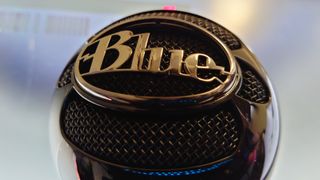
One criticism I do maintain though is the power input method. The cable used to supply juice to the device is a mini USB, which, on top of being increasingly uncommon nowadays, just isn't as eloquent as the likes of USB C. I'm hoping in the future that Blue can get with the times and give us a more modernized input method for, arguably, their most popular model of all time. It doesn't help that the power lead itself is quite stiff and bulky too, often turning the mic head itself despite my best efforts to tighten it below. This can be remedied by wrapping the cable around something heavy but it's by no means a perfect solution.
Performance
The Blue Snowball defines what an affordably priced USB microphone can sound like in the homes of the everyman, and this is achieved through its easy-to-understand and unintimidating nature. This microphone is about as plug and play as they come - there's no need for an audio interface, nor any specialist software you need to wrap your head around. Simply plug it in, watch that red light come on, and get to work in whichever program suits you best.
There's a boldness to the audio reproduction of the Blue Snowball which makes this model immediately stand out from the crowd in the field of cheaper USB microphones, however. This is because the Snowball features a frequency response between 18 kHz and 40 kHz with its 16-bit sample rate, meaning that voices are always going to be clear and sharp.

You're obviously not going to get the same depth of sound and warmth that an XLR microphone running Phantom Power 48V can deliver through an audio interface, but as something you can just go straight into, the Blue Snowball more than delivers.
In more recent years, this microphone has been marketed on its prowess for streaming, specifically aimed at YouTubers and Twitch gamers with webcams, but also podcasters, too. I can tell you from experience that I've used this microphone over the years in everything from conference calls with my colleagues, tracking both clean and harsh vocals for music, and live streaming on my gaming PC.
You know exactly what you're going to get with the Blue Snowball, and that is an accurate and faithful audio recording of your voice regardless of which setting you employ. If you do happen to want to use this microphone for recording vocals, though, that third setting (at -10Db) probably isn't the most ideal. I've been able to notice ever-so-slightly decreased clarity in the quality of playback, however, I have quite literally been shouting into it.
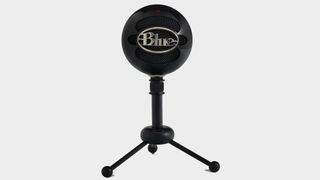
Should you the buy the Blue Snowball?
It's easy to recommend the Blue Snowball because you know exactly what you're getting with this USB microphone; a unit that is simple to use and makes you sound good in all manner of circumstances. Simply put, it's a classic for a reason, and ideal for anyone wanting to get into live streaming, podcasting, or any other audio-based endeavors without breaking the bank.
How we tested the Blue Snowball
I've been a long-time user of the Blue Snowball for all my microphone needs now for the best part of four years. In that time, I've put the mic through its paces in the likes of Audacity, Cockos Reaper, OBS, Nvidia Shadowplay, Cyberlink PowerDirector, and more. I've also been using this unit in conference calls with colleagues, as well as for video content, too.
Step up your gaming setup with the best gaming desks, best gaming chairs, and best gaming monitors.

Aleksha McLoughlin served as the Hardware Editor for GamesRadar from June 2021 until August 2022. Her main area of expertise was the PC gaming platform, which comprised buying guides, features, reviews, and news coverage on components and prebuilt machines. She was also responsible for gaming chairs and storage. She now works on a freelance basis while studying to become a university lecturer specializing in English for foreign territories. Prior to joining GamesRadar, she wrote for the likes of Expert Reviews, The Rory Peck Trust, No Clean Singing, Vinyl Chapters, and Tech Spark while also working with the BBC.

Mario Kart World quietly fixes one of the series' longest-standing annoyances and I suspect I will get hit with 10% fewer red turtle shells because of it

Breath of the Wild looks like a completely different game on Nintendo Switch 2 thanks to ridiculously improved graphics and 5 times faster loading speed
